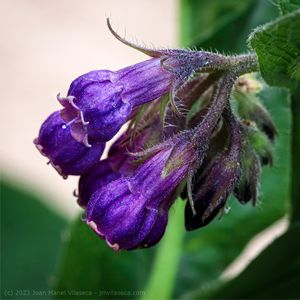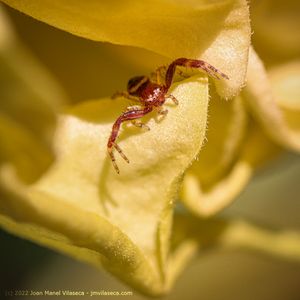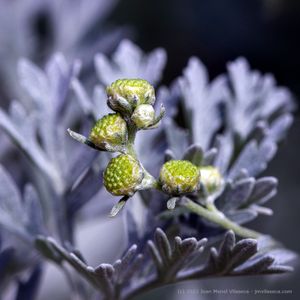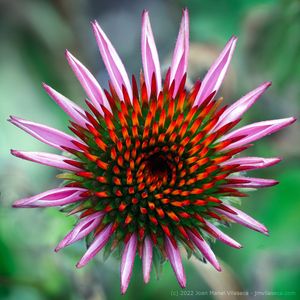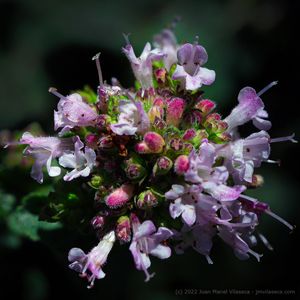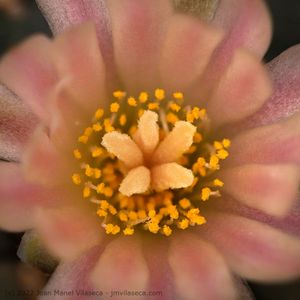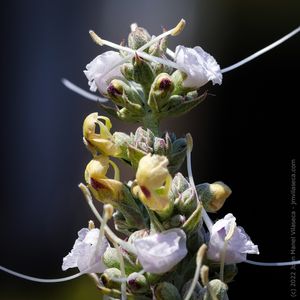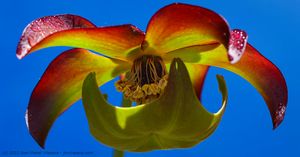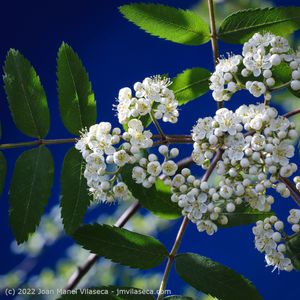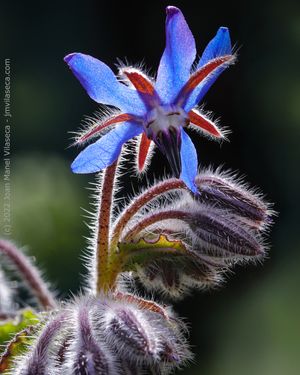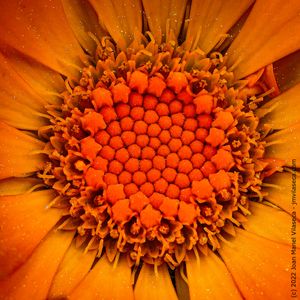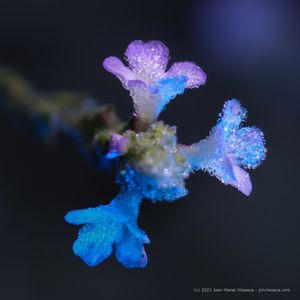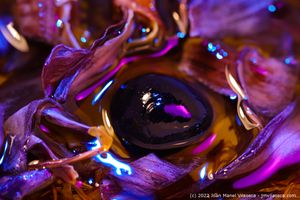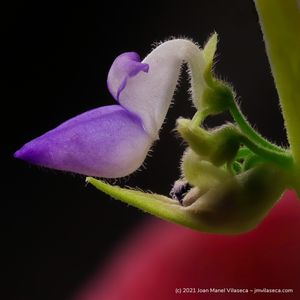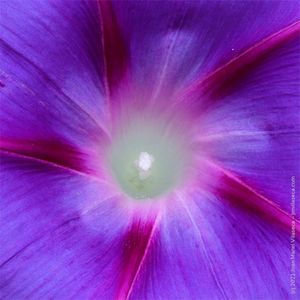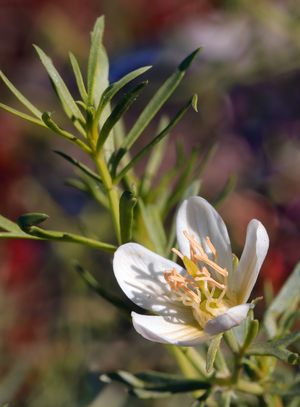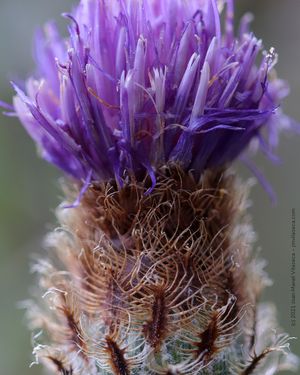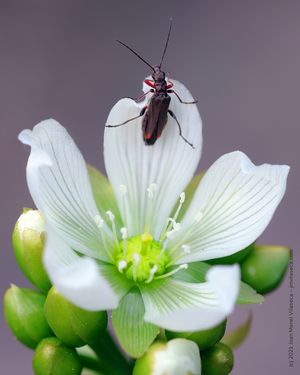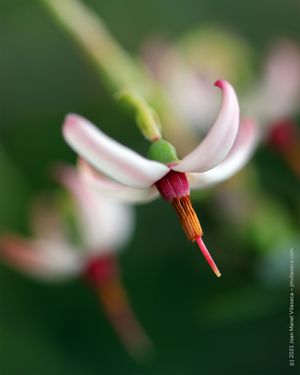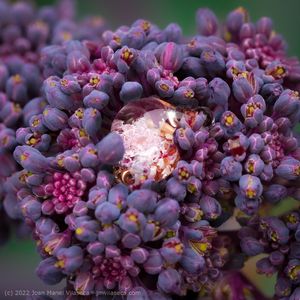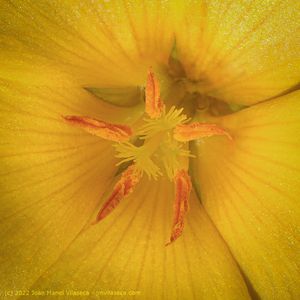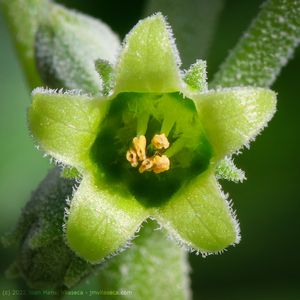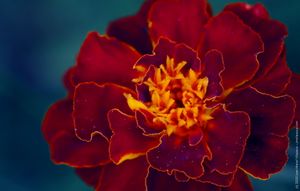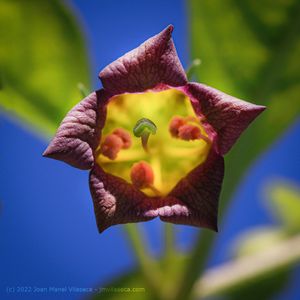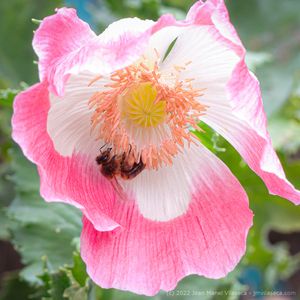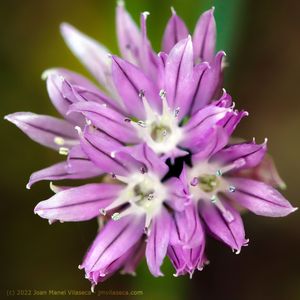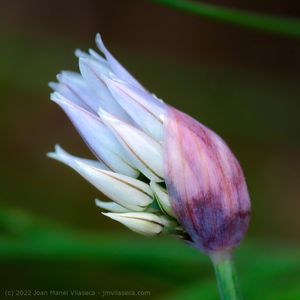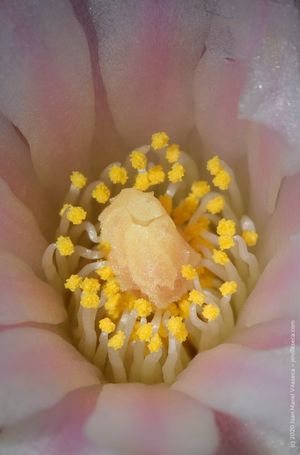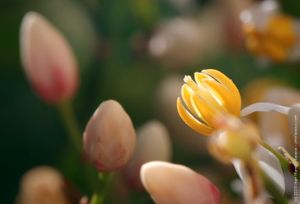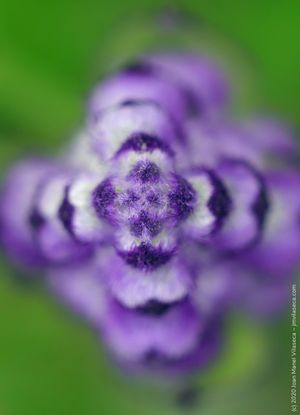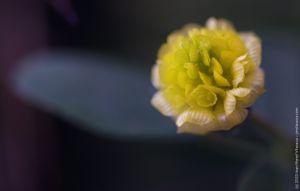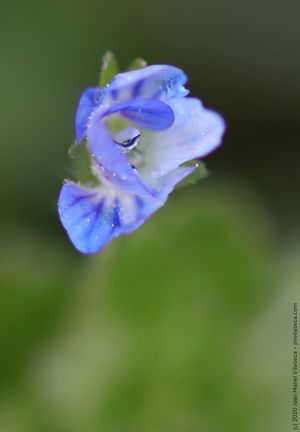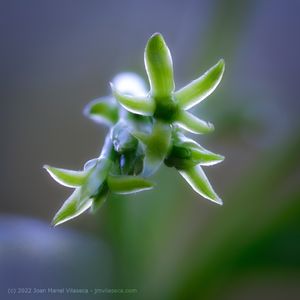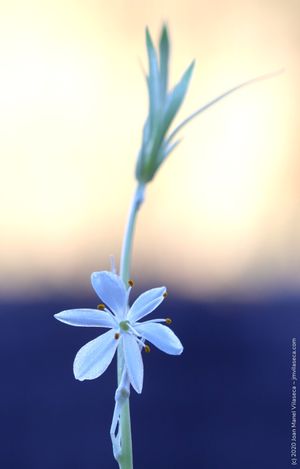Nymphaea nouchali var. caerulea
The Sumerians normally recognized Inana as a goddess of the skies and a sister of the sun-god, Utu. Yet she frequently pays a visit to the underworld of her sister, Ereshkigal, in the aquatic domains of Uruk and Eridu (i.e., near Ur and Eden of Sumerian myths (...) In this respect her physical attributes and mythic activities seem to mirror the morphic and behavioral characteristics of her cherished plant; for Inana is intimately associated with aquatic environments, a primeval tree of creation, the cyclic occurrence of vegetative life, and ornaments of gold and lapis lazuli (i.e., the natural colors of the Egyptian lotus). She displays her adornments in the heavens and discards them from her body when she descends into the bowels of the Earth (presumably on an annual basis), much as a lotus blossom. Inana was occasionally identified as none other than Ishtar of Babylon and Assyria or as Ashtarte, Ashtoreth, Asherah or Anat of Canaan and Egypt, all of whom share close iconographic relations with the sacred lotus.
J. Andrew McDonald, Botanical Determination of the Middle East Tree of Life
Photo taken in Jardín de Aclimatación de la Orotava, Tenerife


